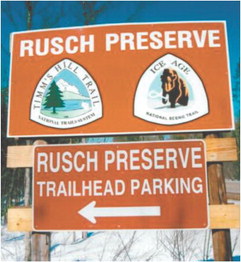Rusch Preserve —Where five trails meet


For those looking to get out of the house while continuing to social distance, it doesn’t get much more secluded than Wisconsin’s vast forests, and the Ice Age National Sceni...


For those looking to get out of the house while continuing to social distance, it doesn’t get much more secluded than Wisconsin’s vast forests, and the Ice Age National Sceni...